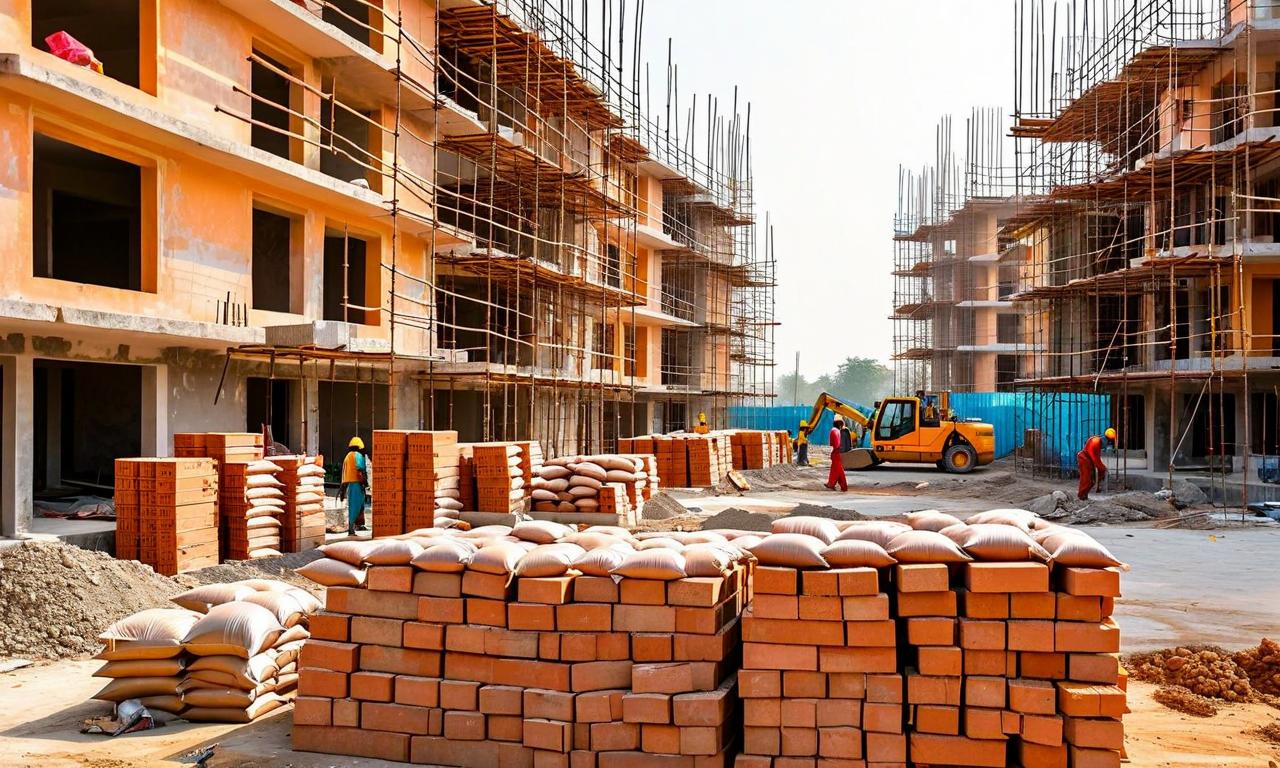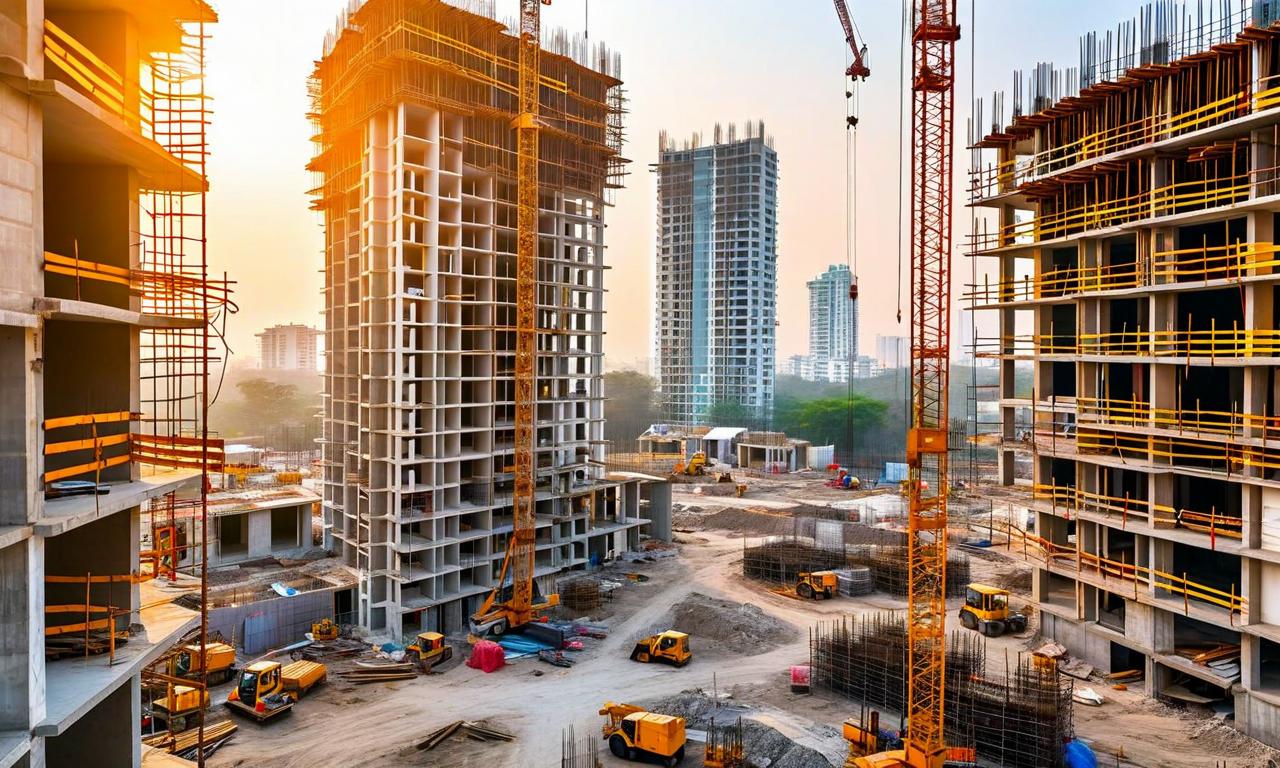UP's New Building Bylaws Set to Reshape NCR Real Estate Landscape
Uttar Pradesh government introduces major changes to building regulations, replacing 2008 bylaws. Key changes include elimination of ground coverage limits, increased Floor Area Ratio, relaxed norms for building heights, and eased restrictions on setbacks, parking, and landscaping. These amendments apply to urban authorities in UP including Noida, Greater Noida, and YEIDA. Changes expected to increase housing supply, offer more options to homebuyers, and potentially challenge existing property investors. Developers can now construct taller, denser buildings, likely expanding housing stock in NCR's UP areas. Homebuyers anticipated to benefit from wider housing options and potentially improved affordability, while investors may face slower capital appreciation and increased competition.

*this image is generated using AI for illustrative purposes only.
The Uttar Pradesh government has introduced sweeping changes to its building bylaws, potentially transforming the real estate landscape in the National Capital Region (NCR). The new regulations, which replace the 2008 bylaws, are expected to significantly increase housing supply and offer more options to homebuyers, while potentially challenging existing property investors.
Key Changes in Building Regulations
The revised bylaws bring several notable changes:
- Elimination of ground coverage limits
- Increased Floor Area Ratio (FAR)
- Relaxed norms for building heights
- Eased restrictions on setbacks, parking, and landscaping
These amendments apply across urban authorities in Uttar Pradesh, including Noida, Greater Noida, and the Yamuna Expressway Industrial Development Authority (YEIDA).
Impact on Developers and Housing Supply
The new regulations allow developers to construct taller and denser buildings on existing land parcels. This change is expected to substantially expand the housing stock in the NCR, particularly in areas under UP jurisdiction. Developers are likely to recalibrate their project strategies to capitalize on these changes while being cautious to avoid an inventory glut.
Implications for Homebuyers and Investors
Industry experts anticipate that homebuyers will be the primary beneficiaries of these changes. The increased supply is expected to result in:
- Wider range of housing options
- More competitive pricing
- Potentially improved affordability
However, the outlook for residential property investors is less optimistic. Analysts suggest that investors may face:
- Slower capital appreciation
- Increased difficulty in selling units
- Competition from newer projects when attempting to sell existing properties
Regional Variations and Market Dynamics
It's important to note that these new bylaws are specific to Uttar Pradesh. Neighboring areas like Gurugram in Haryana continue to operate under different building regulations. This disparity could lead to shifting market dynamics within the NCR.
The impact is expected to vary across different parts of the NCR:
- Noida and Greater Noida: Primarily end-user markets, likely to see increased benefits from the new regulations
- Gurugram: With a higher proportion of investors, may experience different market trends due to unchanged bylaws
Looking Ahead
As these changes take effect, the real estate sector in UP's portion of the NCR is poised for significant transformation. Homebuyers may find themselves with more choices and potentially better prices, while investors and developers will need to adapt to the new market realities. The long-term effects on urban development, property values, and the overall real estate market in the region will be closely watched by industry stakeholders and policymakers alike.












































